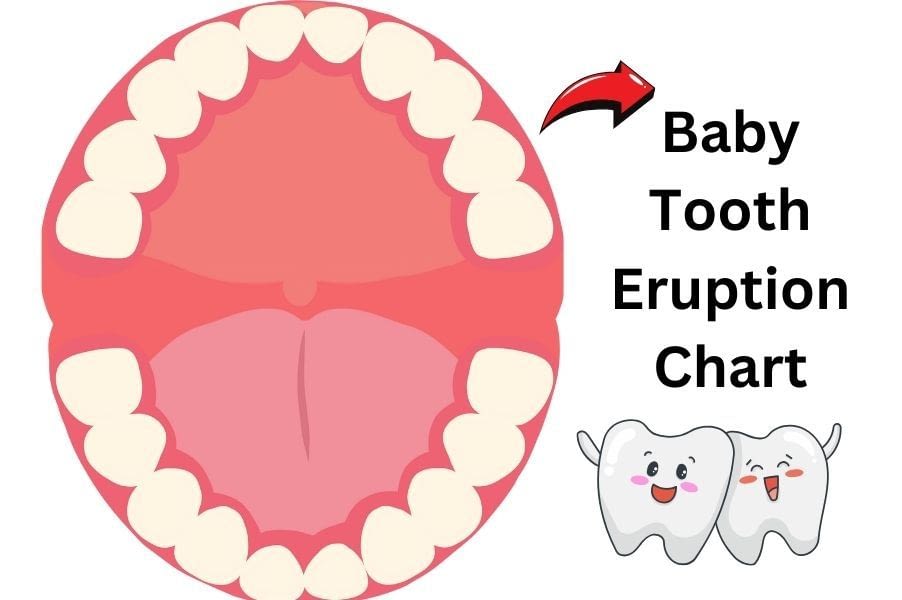Spinning in circles is common in playgrounds, living rooms, and childcare centers worldwide. While it may seem like a quirk of toddlerhood, this behavior often leaves many parents and early childhood educators pondering its significance. Why does my toddler spin in circles? Let’s dive deep into the whirling world of toddlers and unearth what it means for their development and when, if ever, it should be a cause for concern.
Understanding the Behavior: Toddler spinning
Spinning in circles is more than just a random play; it’s an important milestone in child development. It signifies a child’s burgeoning sensory and motor systems working in tandem to explore and interact with their environment.
Toddlers are at a stage where physical movements are not simply actions but a language through which they understand the world around them. The sensory input they receive from spinning – the feeling of the air whooshing past, the sensation of being off-balance, and the visual blur of the world – is both thrilling and educational.
When Do Toddlers Start Spinning in Circles?
Typically, the spinning in circles starts to emerge around the time toddlers learn to stand and walk independently—usually between the ages of 1 and 3. This is a period characterized by rapid growth in gross motor skills.
As toddlers gain more control over their movements, they often experiment with different ways of moving their bodies, including spinning. It’s a natural progression from initial mobility to more complex motor patterns and serves as a means to test their balance and learn about the physics of motion.
Parents and caregivers might notice that this spinning behavior coincides with other developmental milestones, such as improved coordination, enhanced speech and language skills, and burgeoning social interaction capabilities.
So, at what age do babies start spinning in circles?
Babies may begin the precursors to spinning in circles as they become more mobile, generally when they can crawl or stand, which usually occurs around 6 to 9 months. However, actual spinning often starts when babies transition into toddlerhood.
Is It Normal for Toddlers to Spin in Circles?
It is entirely normal for toddlers to spin in circles. This behavior is a part of typical childhood development, and it usually reflects a toddler’s natural desire to explore movement and the limits of their balance.
Spinning in this way is an expression of play and curiosity. It’s how they experience their bodily sensations in different contexts and learn what it feels like to be dizzy, contributing to their understanding of space and balance.
As long as this spinning is part of the varied play and not the only way a child seeks stimulation, it generally isn’t a cause for concern. However, if parents or caregivers notice that a child is spinning excessively or if this behavior interferes with their daily functioning, it is a good idea to consult a pediatrician or child development specialist for advice.

Analyzing Specific Behaviors: Eye Movements While Spinning
The toddler spins in circles with eyes to the side.
When observing toddlers as they spin in circles, it’s not uncommon to notice that some may turn their gaze to the side. This specific behavior involving eye movements could be a part of the child’s innate desire to maintain visual control over their environment while spinning. By looking sideways, they may be attempting to reduce the feeling of disorientation or catching glimpses of their surroundings to find a point of focus.
It also serves as a natural experiment for the child to explore how different positions and movements can change their perception of the world around them. While this behavior is usually harmless, it also reflects the complexity of sensory processing as a child engages in play and offers valuable insights into individual sensory preferences and behaviors.
Notice that the eye movements are persistent beyond spinning activities or appear to be causing distress. It might be worth discussing with a healthcare professional to rule out any underlying issues.
Observing children at various ages, such as a 1-year-old spinning in circles, a 13-month-old finding delight in a quick whirl, an 18-month-old experimenting with their axis of rotation, or even a 7-year-old engaging in this repetitive behavior, can offer insights into their developmental stages.
While spinning is often linked to sensory exploration and motor development for toddlers, older children, like those around 7 years old, may use spinning to express complex emotions or social play.
Spinning spans different ages, but the context in which this behavior occurs sets apart a simple playtime activity from a potential developmental flag that may require further attention.
It’s common for very young toddlers, such as 1 and 13-month-olds, to exhibit such behaviors as they explore their physical abilities; however, if older children persist with this behavior frequently and intensely, it may be worthwhile for parents and educators to observe and, if necessary, seek advice from child development specialists.
Possible Reason: Why does my toddler spin in circles?
Curiosity and Exploration
When they learn to crawl, walk, and run, toddlers are on an unending quest to explore. Spinning in circles allows them to experience movement in a new way, making discoveries about balance, spatial orientation, and physical limitations.
Self-regulation and Sensory Input
Some children spin in circles to seek vestibular sensory input, which helps them understand and manage their body’s position in space. This type of input can be calming for some children, especially those who may be overstimulated or need help focusing.
Seeking Attention and Social Interaction
Toddlers often engage in behaviors that elicit reactions from the adults around them. Spinning might be a performance staged to see smiles and hear laughs or encouraging words, building a basis for social interaction.
Expressing Emotions and Releasing Energy
Spin sessions can be an effective method for toddlers to express their emotions or to release pent-up energy. Just like adults might go for a run to clear their heads, toddlers may spin to manage feelings they can’t yet articulate.

When to Be Concerned: Toddler spinning in circles
Though typically a harmless and natural part of growth, there are situations when spinning might warrant closer attention. Understanding the line between typical toddler behavior and signs of underlying issues is vital for caregivers.
Indicators of concern often revolve around the spinning’s intensity, frequency, and context. If a child is spinning to the exclusion of other play, if they cannot stop turning when asked, or if they seem distressed and do head bangs during or after the act, these might be red flags.
Tips for Parents
Creating a Safe and Engaging Environment
Parents and educators should ensure the environment is safe for spinning and free from sharp corners and hard edges. Providing soft mats or a designated ‘safe spin zone’ can prevent injuries and allow children to explore this behavior.
Encouraging Alternative Forms of Play and Movement
Introducing children to various forms of movement, such as dancing, jumping, or rolling, can provide different sensory inputs and motor experiences, enriching their developmental journey.
Strategies to Support and Redirect Spinning Behavior
Mindful observation can help determine the times and triggers for spinning, allowing caregivers to anticipate and gently redirect behavior if necessary. For example, offering a puzzle or a building activity after a spinning period can provide a balanced variety of engagements.
Conclusion: Why does my toddler spin in circles?
As we wrap up our exploration into the dizzying behavior of toddlers spinning in circles, it’s evident that this fascinating action is as multifaceted as child development itself. Parents and educators should appreciate these early expressions of curiosity and self-discovery, providing support and understanding as children navigate their sensory and interactive world.
While most spinning instances are typical and healthy, it’s crucial to remain vigilant and consult with child development professionals if there are persistent concerns. Remember, every child spins their unique story of growth, and it’s our role to ensure their developmental tale is safe and supported.
Important Takeaways
- Toddler spinning is a normal part of sensory and motor development.
- It can be a tool for exploration, emotional expression, and self-regulation.
- Spinning should be enjoyed in a safe environment and balanced with other activities.
- Caregivers should remain observant and consult professionals if concerns arise.
By understanding the whirls and twirls of toddlerhood, we can navigate the spins and turns of raising happy and healthy children. Remember to embrace these moments with a blend of watchful eyes and a spirit ready to join in the fun—as sometimes, the best way to understand the spin is to take a twirl yourself.
1 Visit today





